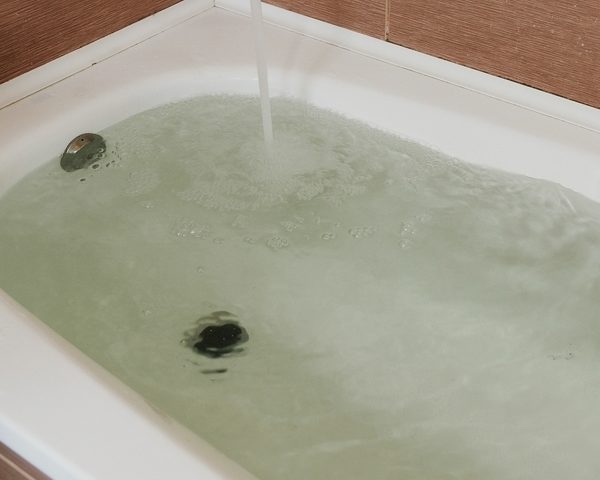
What Causes a Bathtub to Clog?
A common plumbing problem that everyone more or less eventually faces is that of a clogged bathtub. Unlike a clogged toilet, when there’s some sort of block in the bathtub, it typically presents after weeks, months, or even years of use.
Often, what clogs a bathtub is a gradual buildup of material that would normally be washed down the drain. Understanding the origin is important in cleaning the drain and unclogging the bathtub.
Here are four common items that may cause a bathtub to clog:
Cause #1: Long Hair
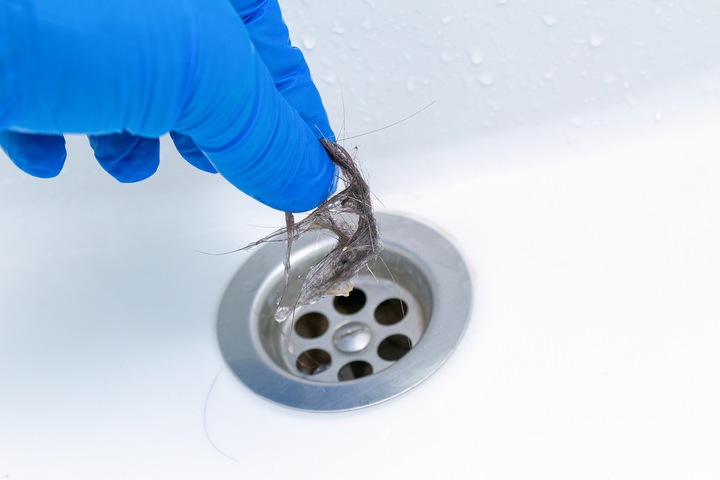
So many of us with medium-length to long hair regularly see the bathtub drain clogging. By far, hair is the most common reason that bathtubs clog. If you were to watch your hair in the bath, it tends to slither down the tub and is carried down the drain… except when the hair gets caught on the piping.
The difficulty here is that once a little hair gets caught, more hair will, and so will dead skin and other materials that would normally be gone all the way down the pipe. At some point, the buildup will be so large and entangled with hair that very little water is going to get through.
To unclog this problem, a plumbing snake will be your best friend if you have long hair. They’re very affordable and go straight down into your drain. A plumbing snake can twist and turn, catching on blockages and releasing them. They’re great – and oddly satisfying – when it comes to pulling hair out of the bathtub drain.
Cause #2: Hard Water
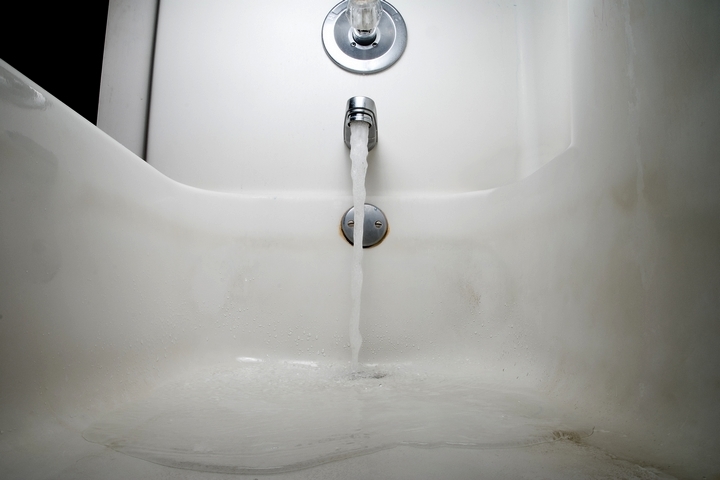
Hard water is water with high mineral content. It’s not always a problem, but it can be. The minerals in this water can do a number on your drain even though you can’t see it. Like other bathtub debris, the minerals in hard water can coat the drain pipe. Very slowly over time, this builds and builds until you have a blockage.
Normally, these minerals on their own won’t cause that much trouble, but other tiny debris can get caught with it. Then, things start to snowball. Any water with a high pH level can make the problem worse.
This is one of those blockages that will happen extremely slowly to such a degree that most people won’t even notice it happening. However, a routine inspection with a plumber may identify this problem quickly. The professional plumber can get this issue fixed before it escaltaes to a full clog.
Cause #3: Soap Scum
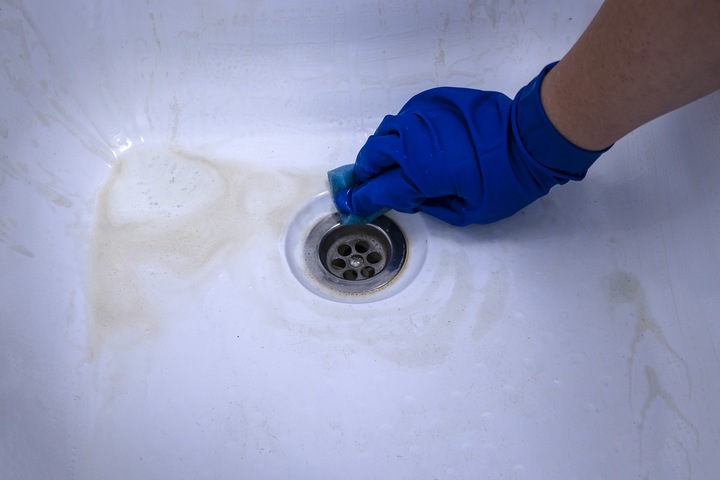
Soap scum is the residue left behind after a bath that can coat the walls of your drain and build up into a clog. Suppose you’ve ever seen white stains on the side of your shower walls that comes from bathroom soap. It collects in the drain, just like it does on the shower walls. This isn’t a problem necessarily, but if it solidifies, that’s when you have an issue.
As the sides of piping become filled with soap, this can catch other debris going down the drain and build up slowly over time. A blockage eventually happens. Fortunately, there are many things that you can put down your drain to naturally dissolve soap scum. You can use natural, non-toxic cleaners such as:
- Baking soda mixes
- Water and vinegar
- Enzymatic drain cleaners
There are all sorts of non-toxic drain cleaners that will clear away any blockages and help keep your plumbing clean. These can be done for maintenance or to address an existing clog. Baking soda drain cleaners can be particularly effective for maintaining plumbing and wearing down any debris that may be slowly building up inside.
Cause #4: Sand and Dirt
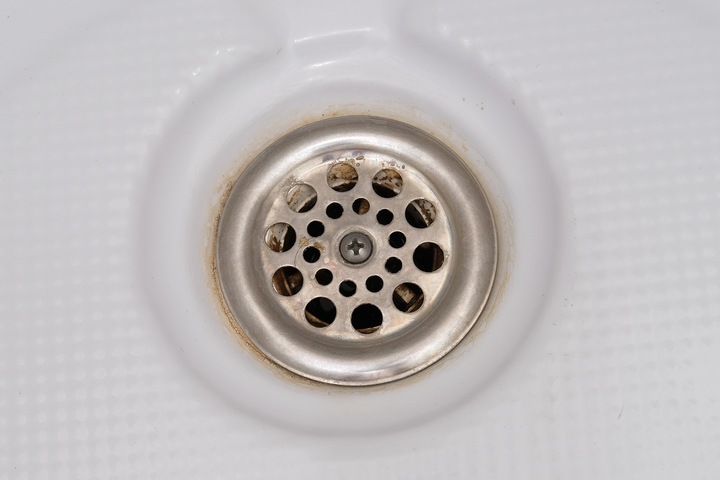
You may have just come home from the beach and are washing off the sand from your body. All that goes down the drain. If you’re repotting plants in the bathtub or are rinsing off dirt-covered materials in there, all of that debris goes down the drain as well.
If you don’t have strong water flow, a part of that will likely be left coating your pipes and ultimately lead to a clogged bathtub. You have to be careful with sand, dirt, and similar debris. The best thing you can do is ensure there’s strong water pressure to send all of that down the drain right away. No filter is going to catch any of it, unfortunately.
If you have a bathtub clog, try clearing it with a bathroom plunger. Don’t use the same plunger you use for the toilet. Keep things sanitary and use a plunger dedicated to the tub. The pressure created with a plunger can break up a lot of clogs.
